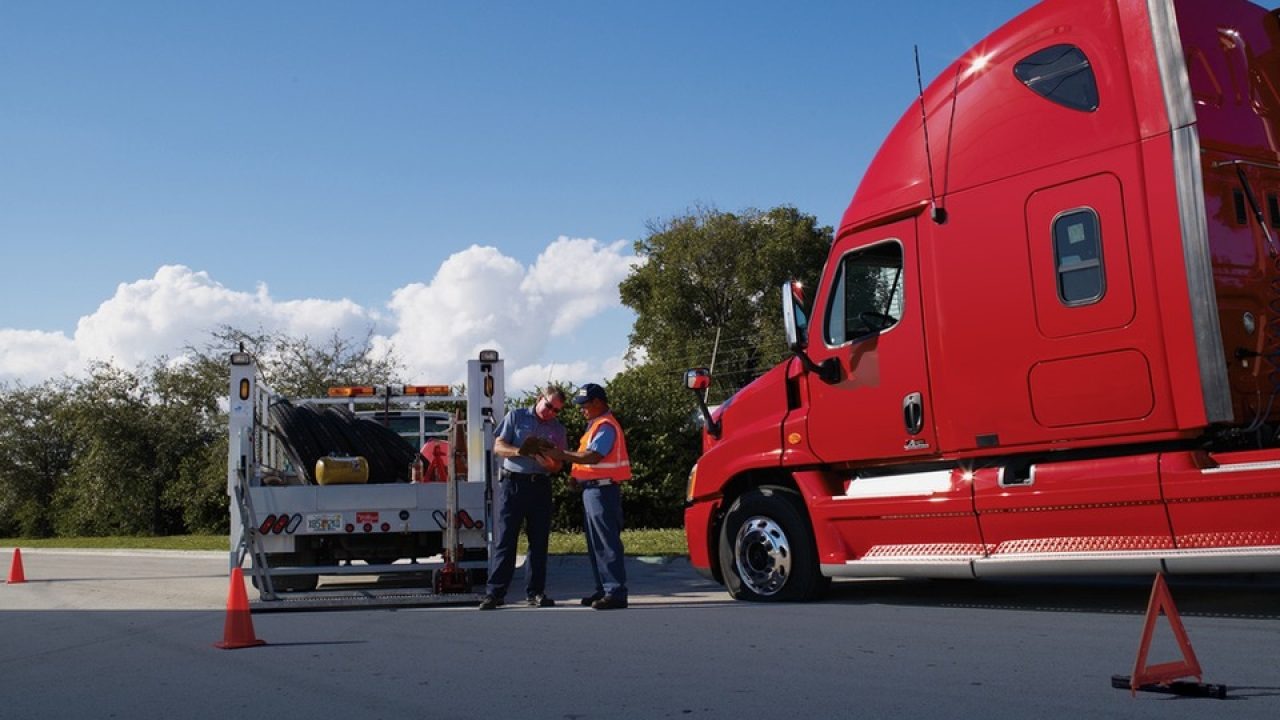Trucker Hours of Service Violations and How to avoid them
Hours of Service (HOS)
Hours of service rules refers to the maximal amount of time truck drivers are allowed to be on duty including driving time and states number and length of rest periods to make sure that drivers are awake and alert. Generally, all carriers and drivers operating commercial motor vehicles (CMVs) must obey with hours of service regulations found in 49 CFR 395.
The hours of service rules were established and are maintained by the Federal Motor Carrier Safety Administration (FMCSA).
Who Must Comply With HOS Rules?
Commercial motor vehicle drivers must comply. Generally, a CMV is a vehicle that is used as a part of business and is involved in interstate commerce and applicable in any of the following: Weighs 10,001 pounds or more
- It has a gross vehicle weight rating/gross combination weight rating of 10001 pounds or more
- Is designed to transport 16 or more passengers considering the driver not for compensation.
- Is used to transport nine or more passengers considering the driver for compensation
- Is transporting hazardous materials in a quantity needing placards.
Hours of Service Violation Penalties
At first, if law enforcement finds a driver in violation of any HOS rule, they can shut a truck down. When it happens, the truck will sit on the roadside until the driver accumulates enough off-duty time to be back in compliance. As we will see below, that could either mean a driver is shut down for ten hours or 34 hours. While a shutdown is not a direct fine, it will surely impact your bottom line.
Additionally, law enforcement officials may assess fines as per the state and local laws. Along with that, FMCSA can impose civil penalties on a driver/carrier. These fines range from $1000 to $16000 each violation depending on the austerity. Generally, violations assumed horrific results in the biggest fines. If the violation involves hazardous material the fine may exceed $75000. Please note that a pattern of violations can downgrade a carrier's safety rating or a driver's compliance, safety and accountability (CSA) score. In case, a downgrade can result in a variety of enforcement actions. Eventually, federal criminal penalties can also be brought against individual drivers who intentionally violate the rules.
-
14 Hour Window Rule
As per 14 hour rule, a property carrying driver can not be on duty for more than fourteen consecutive hours. Once fourteen hours have elapsed, a driver can not resume driving until they have been taken ten consecutive hours off duty. For passenger carrying motor vehicles, the driver can not exceed fifteen cumulative hours. In adverse driving situations, an exception can be made by extending the maximal driving time window by 2 hours.
- 11 Hour Rule
This rule states that a driver must be off duty for ten hours. Then a driver can start their fourteen hour driving window. Within that fourteen hour window a property carrying driver can not exceed eleven hours of driving. For passenger carrying drivers, the driver can not exceed ten hours of driving after eight consecutive off duty hours. There are mainly two exceptions to this. During adverse weather conditions the eleven hour drive limits can be extended by two hours. Hours of service restrictions can be lifted if emergency relief orders have been declared at a national, regional or state level.
-
30 minute break rule
Aften ten hour off duty period, truckers can not exceed eight hours of driving time without a break of thirty minutes. Truck drivers can perform non driving tasks after eight hours without taking a break but they can not drive. An exception to this rule is that non driving tasks like stopping for gas, doing a pre trip inspection or doing paperwork can be considered part of the thirty minute break. This is satisfactory when a driver annotates their ELD. They should declare on duty or not driving status, rather than mere off duty status.
-
60/70 Hour rule
Truckers can only be on duty for a maximal of sixty hours in a seven day period or seventy hours in an eight day period. A driver may restart a new seven or eight day period after they've taken at least thirty four consecutive hours off duty.
- Sleeper Berth Rule
Truck drivers should spend at least seven hours in their berth and another three hours in berth or out of berth. A driver's total off duty time must be ten hours which does not include against the four driving windows. Note that drivers were required to arrange their off duty period as an 8/2 split. The final hours of service rules allow a 7/3 split, to facilitate a driver more flexibility.










